SAVE $20.01: As of Oct. 10, the Google TV streamer is on sale for $79.98 at Amazon. That’s a 20% savings on the list price.
Prime Day has come to an end, and the deals are starting to wither away….
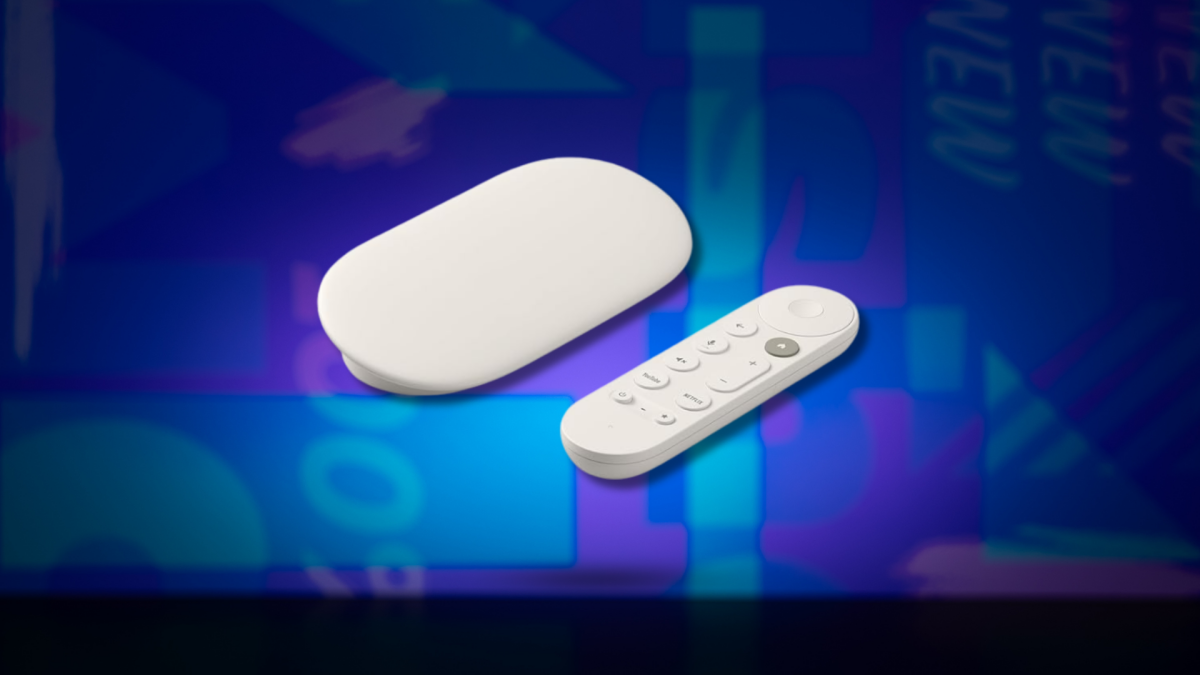
SAVE $20.01: As of Oct. 10, the Google TV streamer is on sale for $79.98 at Amazon. That’s a 20% savings on the list price.
Prime Day has come to an end, and the deals are starting to wither away….
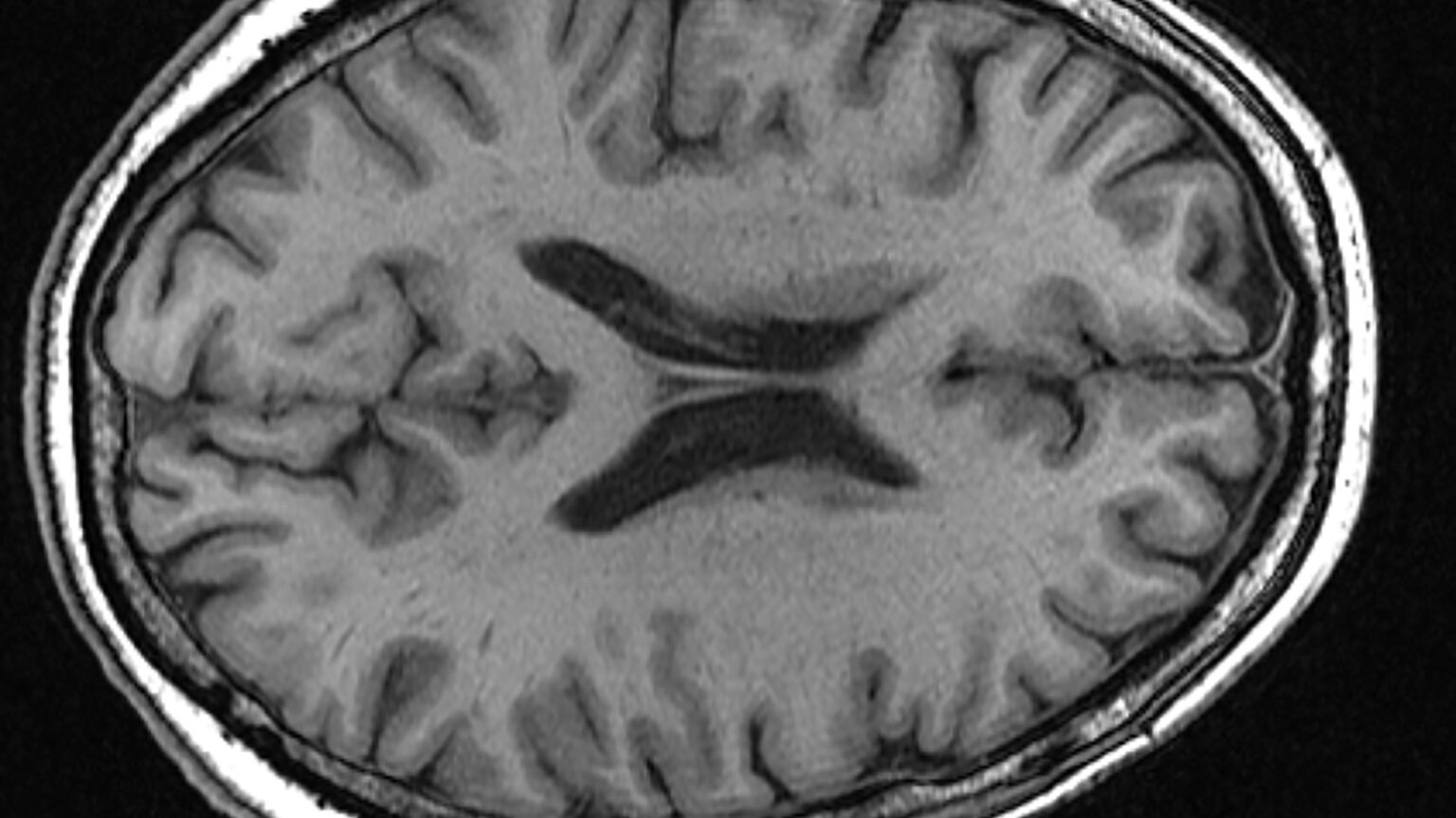
Researchers at Erasmus University Medical Center have identified a blood-based biomarker that can predict the progression rate of Parkinson’s disease. The biomarker, a measurable indicator of the condition, is associated with defects in DNA…

Not all data carries the same weight. Heart rate remains one of the most critical metrics, but what truly matters are the zones it defines — ranges of effort expressed as percentages of your maximum heart rate. Running…
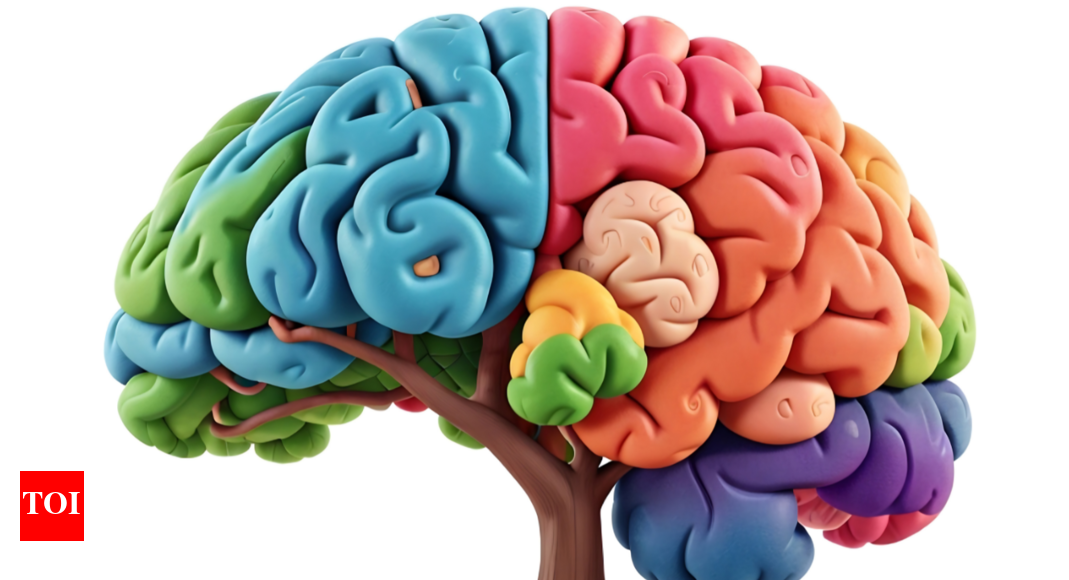
Meditation, once considered a purely spiritual practice, is now widely recognized for its tangible benefits on the human brain and immune system. Backed by neuroscience and psychophysiological research, meditation is increasingly being adopted…
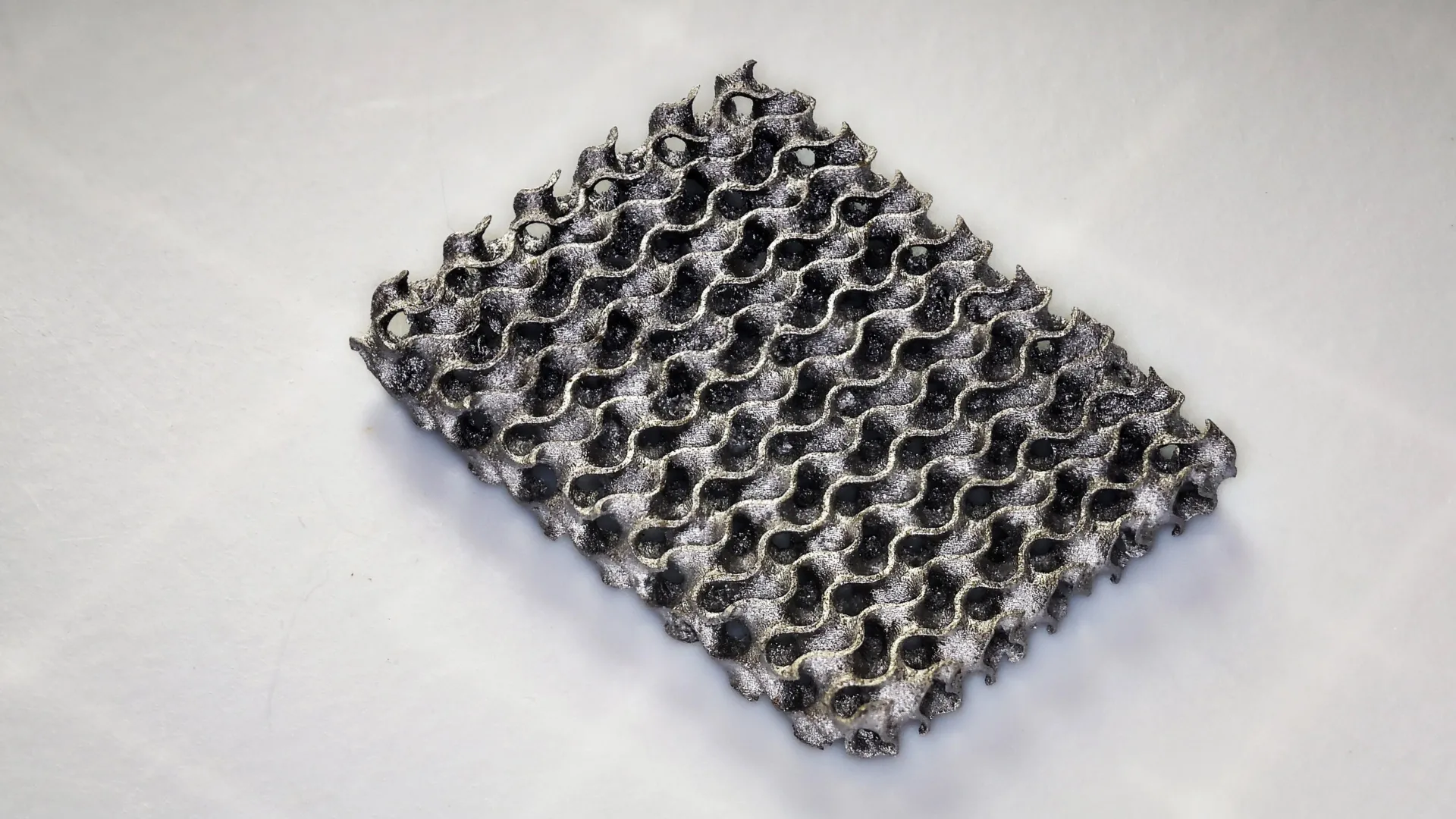
Vat photopolymerization is a type of 3D printing that involves pouring a light-reactive liquid resin into a container and then solidifying specific areas with a laser or ultraviolet light to create a shape. However, because this method only works…

Vat photopolymerization is a type of 3D printing that involves pouring a light-reactive liquid resin into a container and then solidifying specific areas with a laser or ultraviolet light to create a shape. However, because this method only works…
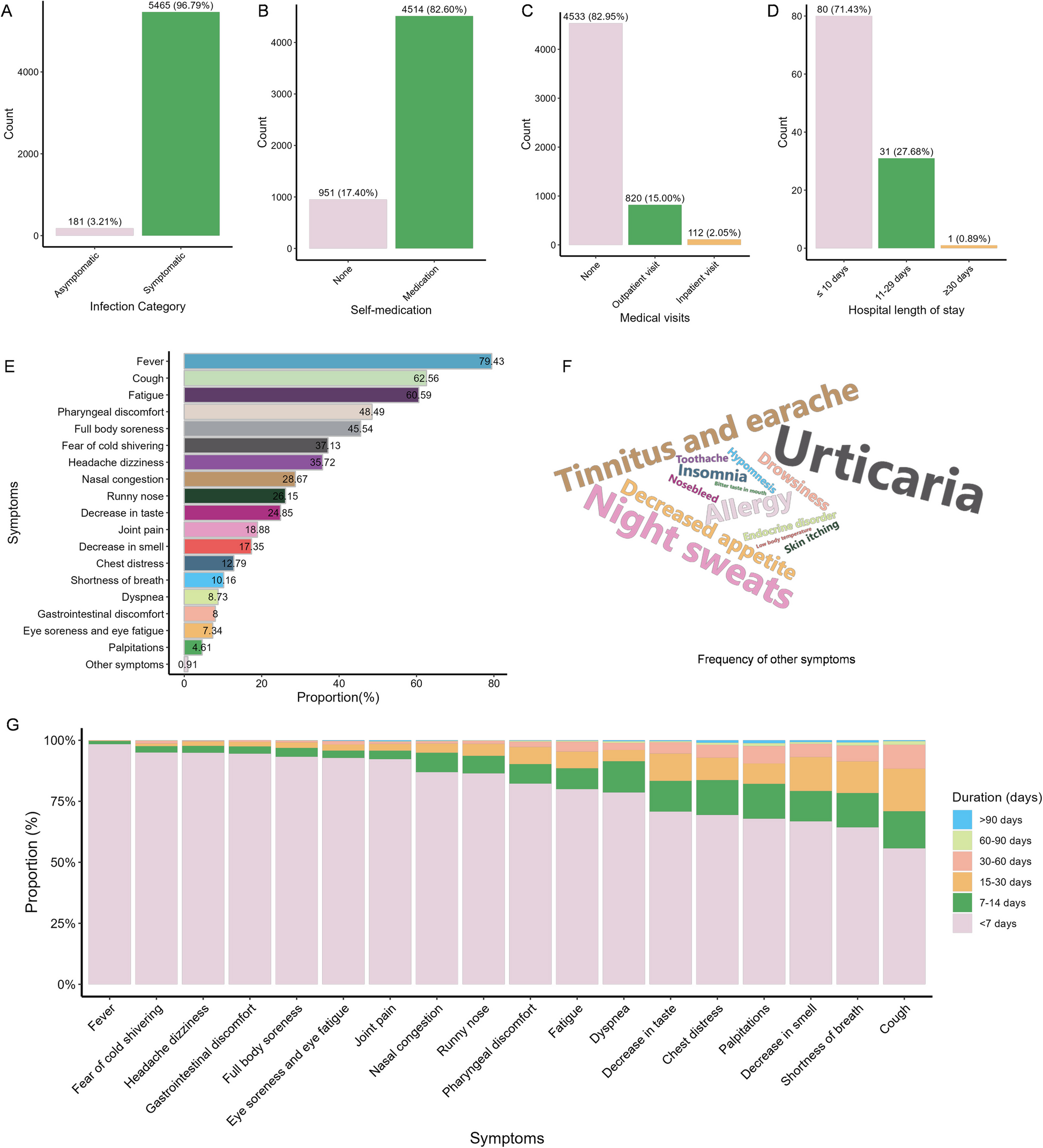
Baseline characteristics of the 6,572 participants were shown in Table 1 and S3 figure. A total of 5,646 (85.91%) reported SARS-CoV-2 positivity (positive antigen and/or nucleic acid tests and/or self-reported…
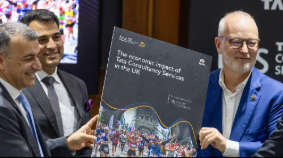
LONDON, UK | MUMBAI, October 10, 2025: Tata Consultancy Services (TCS) (BSE: 532540, NSE: TCS), a global leader in IT services, consulting, and business solutions has today announced the launch of an Artificial Intelligence (AI) Experience Zone and Design Studio in London, reaffirming its continued strategic investment across the United Kingdom (UK), and upholding its long-standing partnership with the UK economy. Further, with its continued investment in creating employment and supporting talent development, TCS will create 5,000 new jobs across the UK over the next three years.
TCS has been a leading technology partner to UK enterprises for over 50 years leading digital transformation and supporting talent development. It has also created employment in the country, supporting around 42,000 jobs directly and indirectly. The AI Experience Zone and London Design Studio are a reimagination of its flagship PacePort facility, will play a strategic role in fostering innovation and client collaboration across the UK and reflects its commitment towards the region. The London studio is the second design hub established by TCS, following the opening of the New York Design Studio in September. It will leverage the wide innovation ecosystem that TCS has built in partnership with its partners, academia as well as startup enterprises across the UK.
Jason Stockwood, Minister for Investment, United Kingdom, said, “I was delighted to visit the Tata Consultancy Services (TCS) campus in Mumbai to see their technological innovation first-hand. For nearly 150 years, Tata Group has reflected their leadership in entrepreneurship and philanthropy. Now, as we celebrate a landmark Prime Ministerial visit to India, we have reaffirmed the pledge between our two economies to maximise on the trade deal we signed in July. As a valued investor for the UK, Tata Group and its companies like TCS are central to this mission which ultimately will create jobs, put money in people’s pockets, and deliver economic growth across both countries.”
The business delegation accompanying UK Prime Minister Kier Starmer visited the TCS Banyan Park campus in Mumbai on Thursday. At the event, Minister Jason Stockwood along with the TCS leadership team launched a report by Oxford Economics detailing TCS’ contribution to the UK economy.
Key highlights of the study on TCS’ economic impact in the UK:
Nick Mayes, Principal Analyst at industry analyst firm PAC, said, “This latest investment from TCS reinforces its position as the leading provider of critical digital services in the UK. It plays a vital role in support complex, transformational programmes across many industry sectors, and this enhanced capability will put it in a strong position to help its clients harness the full potential of AI.”
TCS serves a diverse portfolio of clients across critical sectors including financial services, retail, manufacturing, life sciences, and public services in the UK. The company’s ongoing investment strategy in the country focuses on several key areas: expanding its delivery capabilities, fostering innovation through research and development, and enhancing its talent ecosystem. TCS is continuing to invest in people and skills while working with academic institutions and government initiatives to promote STEM education and digital literacy, contributing to the development of a future-ready workforce. The company’s ‘Partnering for Skills’ initiative aims to reskill 12,000+ people for STEM jobs, aligning directly with the government’s agenda for skilling the workforce to meet future job demands.
Vinay Singhvi, Head- UK & Ireland, TCS said, “The UK is TCS’ second-largest market globally, making it central to our investment strategy around the world. The AI Experience Zone will further help to foster innovation in collaboration with businesses throughout the UK, helping in maintaining an edge in artificial intelligence and new technologies. Additionally, we are continuing to expand our footprint across the UK, with investment into innovation, people, and skills in all four nations.”
TCS’ commitment to the UK extends beyond direct economic contributions. The company engages in community initiatives, focusing on education and health. Through partnerships with local organisations such as the London Marathon, TCS supports programmes designed to enhance digital inclusion and provide opportunities for the youth. The TCS London marathon broke its own record with the 2024 race raising £73.5 million, making it the largest amount raised for charities in an annual single-day charity event. TCS’ ongoing investment is a testament to its confidence in the UK and its dedication to supporting the transformation journey of its clients. The company will continue to explore opportunities for expansion, collaboration, and talent development, reinforcing its position as a key partner in the digital future of the United Kingdom.

Frieze is the latest art business to expand to the Gulf, revealing today it will launch an Abu Dhabi edition. Through a deal struck with the Abu Dhabi Department of Culture and Tourism (DCT), Frieze will take over the existing fair Abu Dhabi Art…